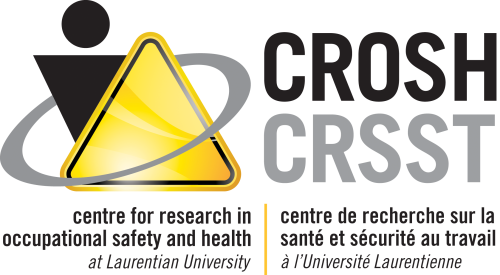Vibration: General
What is Vibration?
Vibration is a mechanical form of energy produced when an object moves back and forth repeatedly (i.e. oscillation). Vibration travels from an object such as a piece of equipment, hand tool, vehicle, or standing work surface into the body. Not all vibration is bad. It depends on the:
- magnitude (level) of vibration,
- body area that is exposed (i.e. hands, feet, or whole body), and
- amount of time you are exposed to vibration throughout the workday.
Vibration Exposures
Vibration can enter the body at any point where the body (i.e. hands, feet, or torso) is in contact with the vibrating surface. There are three main types of exposures, which are classified based on the body region that is in contact with the vibrating surface.
Health Risks
Vibration can cause damage to the nerves, blood vessels, and can increase the risk of musculoskeletal disorders (i.e. back pain). Each body region can tolerate different vibration frequencies. The frequencies which are known to increase risk of injury and MSD are called resonant frequencies.
Types of Vibration Exposures
| Body Region | Common Exposures | Primary Concerns |
|---|---|---|
Hand-Arm Image
|
| Blood vessel and nerve damage (i.e. loss of feeling) Symptoms include:
|
Foot Image
|
| |
Whole-Body Image
|
| MSD - Back pain Symptoms include:
|
MSD risk increases with vibration exposure and cold temperatures. All exposure types increase the risk of noise-induced hearing loss.
This resource was created in collaboration with the Center for Research in Occupational Safety and Health (CROSH). CROSH is a research center within the Ontario Health and Safety System based out of Laurentian University with expertise in vibration. [ask CROSH to review/edit the short description]

